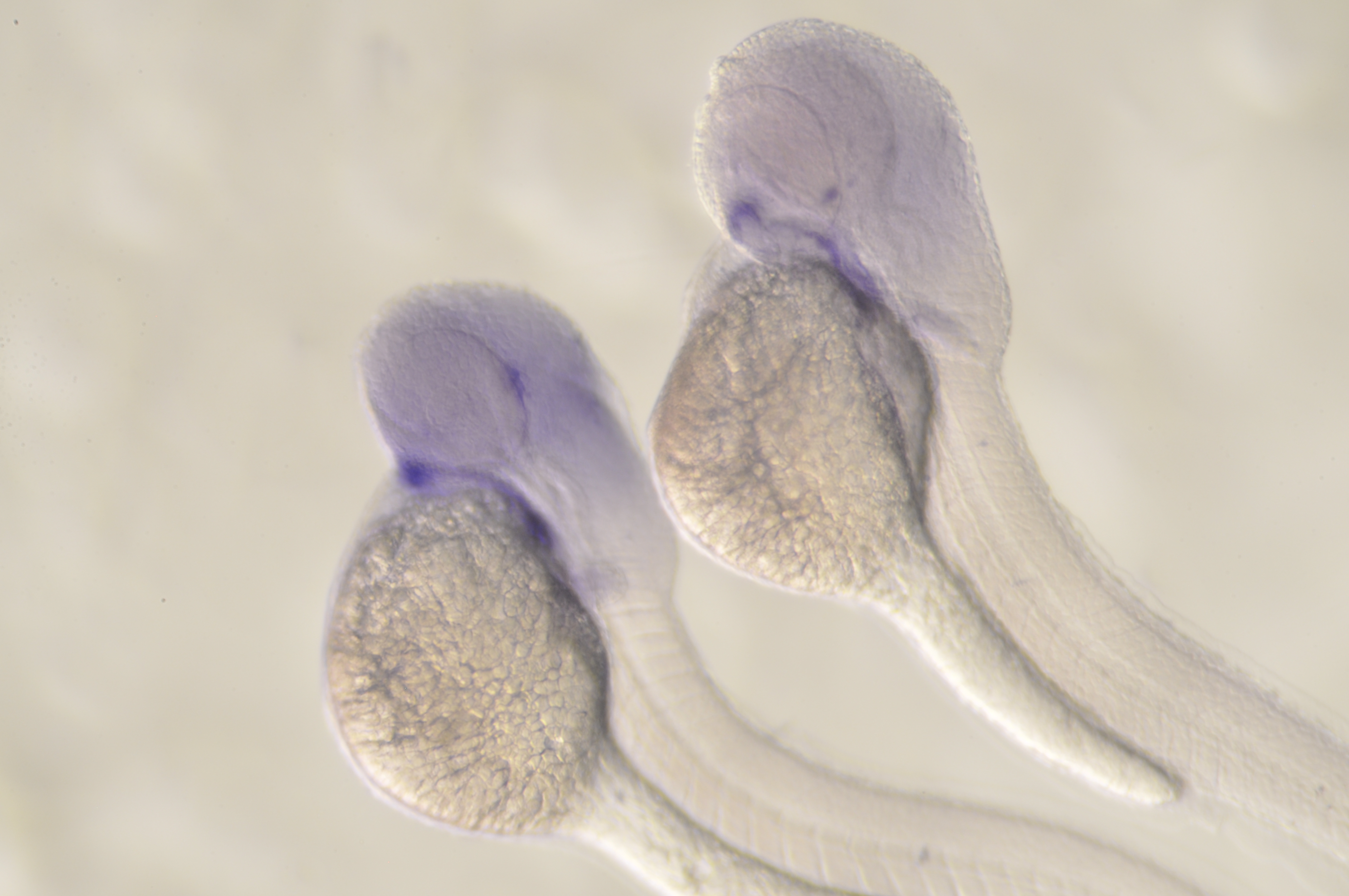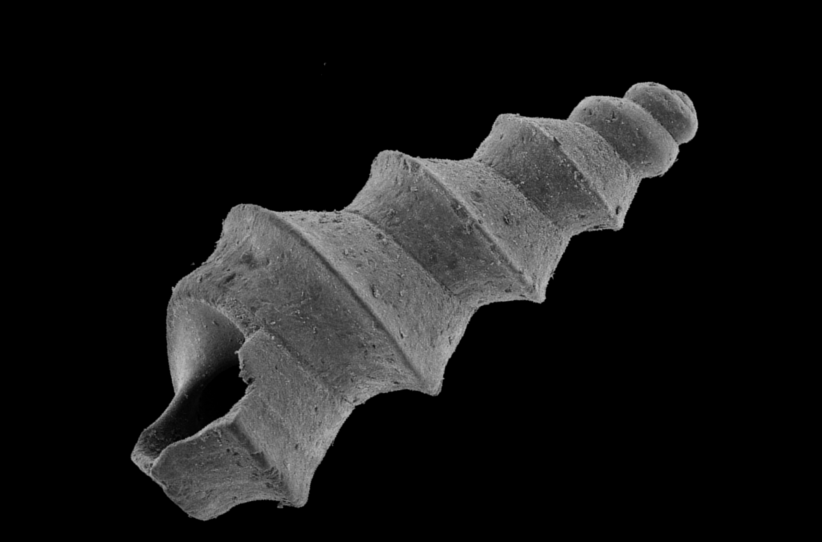STEPHANIE SANG
evolution & development of ray-finned fishes
Research
I've enjoyed working in different organism systems, all while being driven by my core question:
How
do changes in development drive macroevolutionary patterns?

Development and evolution of paired fin configuration in actinopterygians
Paired appendages are fundamental to the gnathostome body plan, and the positioning of these appendages along the anteroposterior body axis is critical for defining the overall form and function of the organism. In my interdisciplinary thesis project, I am currently characterizing how paired fin configuration has evolved in actinopterygians through phylogenetic comparative methods and tracing the lateral plate mesoderm's contribution to the paired fins in zebrafish. Stay tuned!

Chimeroid cranial clasper anatomy
Male chondrichthyans bear a pair of pelvic claspers, but male chimaeras (Hydrolagus colliei) have five of these devices, including a pre-pelvic clasper on each half of the girdle, and a fifth clasper projecting from the forehead. Cranial claspers are already known to consist of a cartilage-supported shaft with a pad of denticles at the distal tip. Unexpectedly, we found that the denticles are strikingly tooth-like in terms of their individual morphology, and collectively in their patterned arrangement. Taken together, these denticles resemble a tightly packed suite of tooth whorls, and we infer that these teeth developed in a coordinated, spatiotemporally restricted manner. Paper in progress!

Developmental basis behind the evolution of 3D growth in land plants
The origin of 3D growth in land plants was a major novelty in plant evolution. We showed that the CLAVATA pathway emerged at the base of land plants and is necessary for the transition from 2D to 3D growth in moss (Physcomitrella patens) development. My MSc thesis helped characterize expression patterns of genes within the CLAVATA pathway. Paper here: Whitewoods et al. 2018

Shift in turritelline developmental mode following closure of Central Atlantic Seaway
The closure of the interoceanic seaways in the late Neogene significantly decreased nutrient supply in the Western Atlantic compared to the Tropical Eastern Pacific. Increase in parental investment is expected to be selectively favored in nutrient-poor environments as prolonged feeding in the plankton becomes less reliable. We examined turritelline gastropods and tested whether species exhibit decreased planktotrophy in the Western Atlantic post-closure as compared to pre-closure fossils and extant Tropical Eastern Pacific species. Paper here: Sang et al. 2019
Publications
Sang, S., Friend, D. S., Allmon, W. D., & Anderson, B. M. (2019). Protoconch enlargement in Western Atlantic turritelline gastropod species following the closure of the Central American Seaway. Ecology and Evolution, 9(9), 5309-5323 PDF
Whitewoods, C. D., Cammarata, J., Venza, Z. N., Sang, S., Crook, A. D., Aoyama, T., ... Harrison, C.J. (2018). “CLAVATA was a genetic novelty for the morphological innovation of 3D growth in land plants.” Current Biology, 28(15) pp. 2365-2376. PDF
Sang, S. and W.D. Allmon (2013). “Long Before Cayuga’s Waters: The Spectacular Devonian Geology and Paleontology of the Ithaca, New York Region.” M.A.P.S. Digest v. 35.